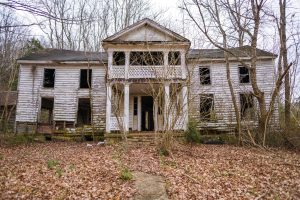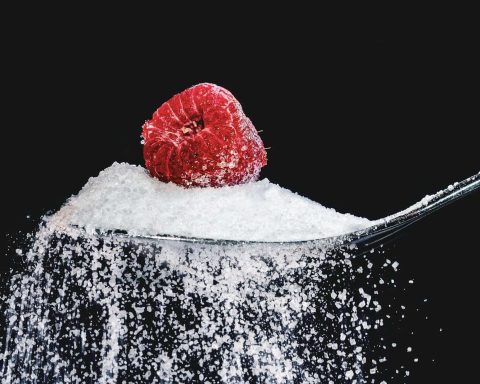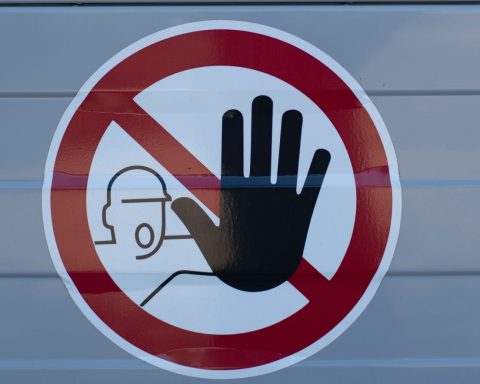[starbox id=adamstaten]

Annoying though all this was, I felt some kinship with the surveyor. I recognised the words of a man who was covering himself against future litigation. Lines such as ‘this type of guttering can leak, if it leaks it might cause damp, if there is damp the woodwork might rot’ brought to my mind entries in children’s medical notes which effectively read, ‘this child has the snuffles, I can see no evidence of meningitis, sepsis, Kawasaki’s etc. etc., but should any of these things happen take the child to hospital.’
Our surveyor suggested going to some pretty extreme lengths to make sure all was well. He suggested tearing up some floorboards to make sure the floor joists weren’t rotten, dismantling the bathroom units to make sure there were no leaks, and re damp-proofing the house in case the existing damp course was insufficient. Essentially he would remain unsatisfied until our house was reduced to a pile of rubble atop which he could stand and declare ‘there was nothing wrong with that house.’
He was suggesting causing quite a lot of damage looking for problems that probably weren’t there. And this made me think of the new cancer guidelines which are based on symptoms with a positive predictive value of 3%. These symptoms trigger investigations which, of course, have inherent complications and risks. Some studies have found that colonoscopy, for example, can result in up to 4% of people being admitted to hospital within 30 days of the procedure. Even prostate biopsy has a mortality rate.
So are we now like my surveyor? Are we not to be content until we can stand atop the psychological and physical rubble of our patients and declare ‘there was no cancer here’?
The home survey was essentially pointless. It reported so little hard fact that a buyer either had to just ignore it and go ahead with the purchase anyway or, like our buyer, take it all at face value and walk away. So this begs the question, is the way we practice medicine becoming pointless too? Is our clinical assessment of no value without investigations to back it up? Will we reach the point where the guidelines will make it indefensible for us to say that someone doesn’t have cancer without the caveat that they should be subjected to a battery of invasive procedures just to make sure?
Our buyer could not be reassured without the fabric of the house being placed in jeopardy. How many patients will wish to jeopardise their own fabric for reassurance? As society becomes more risk averse, striking the balance between reassurance and investigation is surely going to be one of the trickier issues our profession faces in the coming years.









